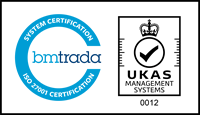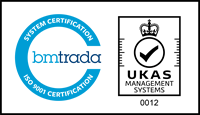I am a geek about tracking trends. When I was a child this was in the form of a book rammed full of football statistics, league tables and scoring records. I can still, to this day, chart in my mind the plight of the Netherlands national team in every major tournament from 1934 onwards.
All this makes me very happy that I now have a career where I work with numbers every day. Only now the trends I track are much more useful than the ones I did when I was 9 years old. These days, the trends I track actually make a difference to the way organisations behave, and ultimately how their employees are treated. When working with a client, one of my key priorities is to gather as much relevant information as possible to help them towards achieving their objectives. Take a gender pay analysis, for example. As a minimum I know I’m going to need information on:
- Employee gender
- Salaries
- Bonus payments
- Working hours
Generally, every organisation can provide this. But the majority of the time, all that’s available is a snapshot of the current situation; a moment in time. If years’ worth of data were available however, so much more could be achieved.
Within the HR sphere, matters of gender pay, equal pay, retention and recruitment, are all easily trackable. With just a couple of years of raw data, the achievable insight widens dramatically. All it takes is for a company to implement a simple system of collating this information. This would make it possible to:
1. Identify any significant, ongoing historical issues.
2. Take steps towards addressing the underlying causes.
3. Monitor the improvement of an issue.
For example, most companies very carefully monitor and control annual pay rises, but don’t so carefully track the other pay increases throughout the year. We call this the leaky bucket. Understanding how much you are actively spending on promoting, threats to leave and general ad-hoc rises – who is that money going to, are they your top performers and is there a gender bias? When you capture and track that information over time it becomes extremely valuable.
This isn’t just a big deal for HR. There’s much more to it than being able to inform line managers which of their team are routinely ill on sunny Monday mornings. HR and reward metrics are a great place to start. Using these as easily captured building blocks, you’ll be able to help inform business decisions that those outside of HR are interested in; as an example, providing insight into how much money it costs the business to replace employees who left because they were underpaid, or how much profit is made for every pound you pay middle management.
None of this is futuristic thinking, but it’s not as widespread a practice as you would imagine. I’m secretly hoping that the legal obligation of Gender Pay Reporting acts as a major catalyst for businesses to begin collecting more and more data. And then send it on to me to dissect – because, well, I love this stuff.











